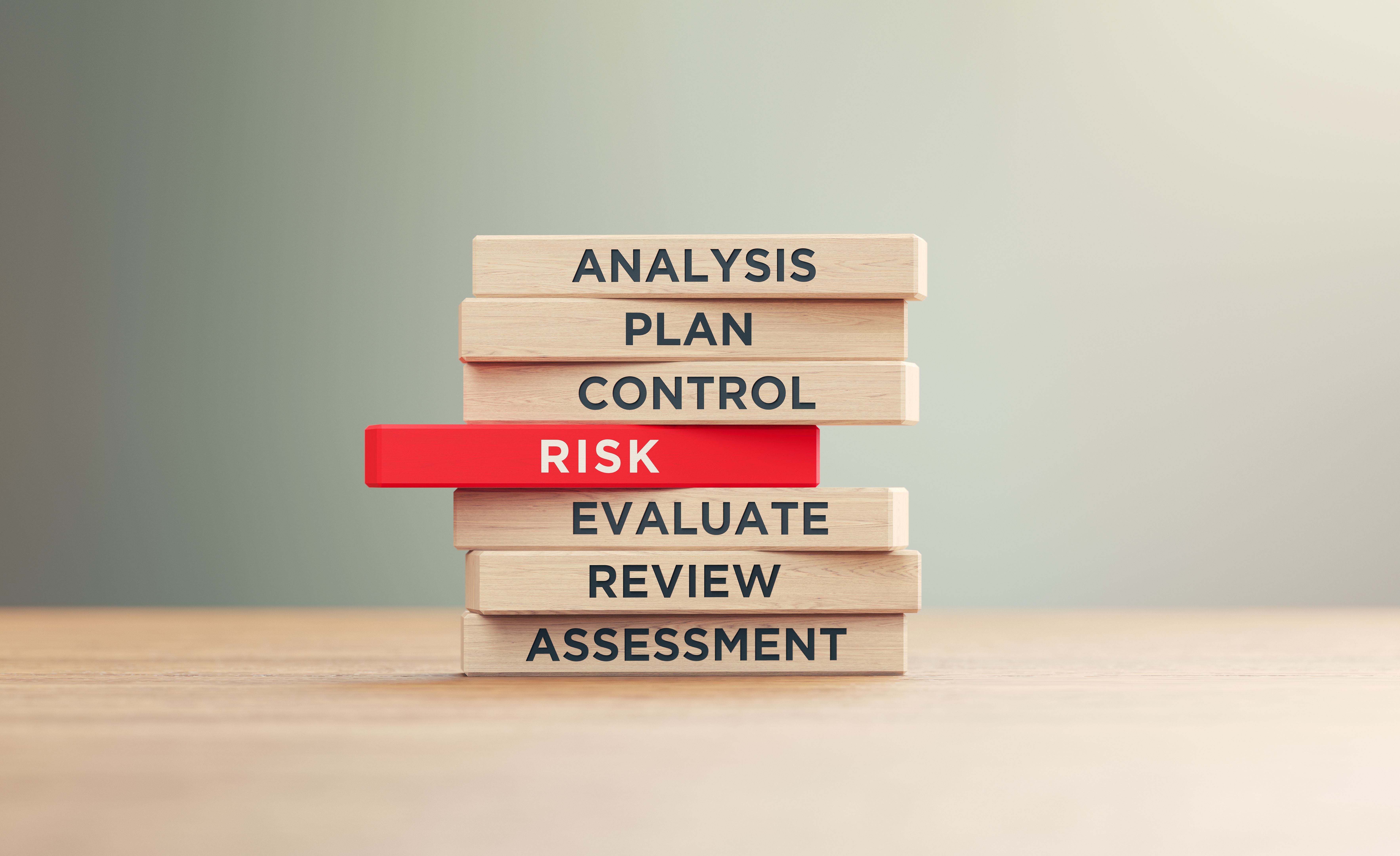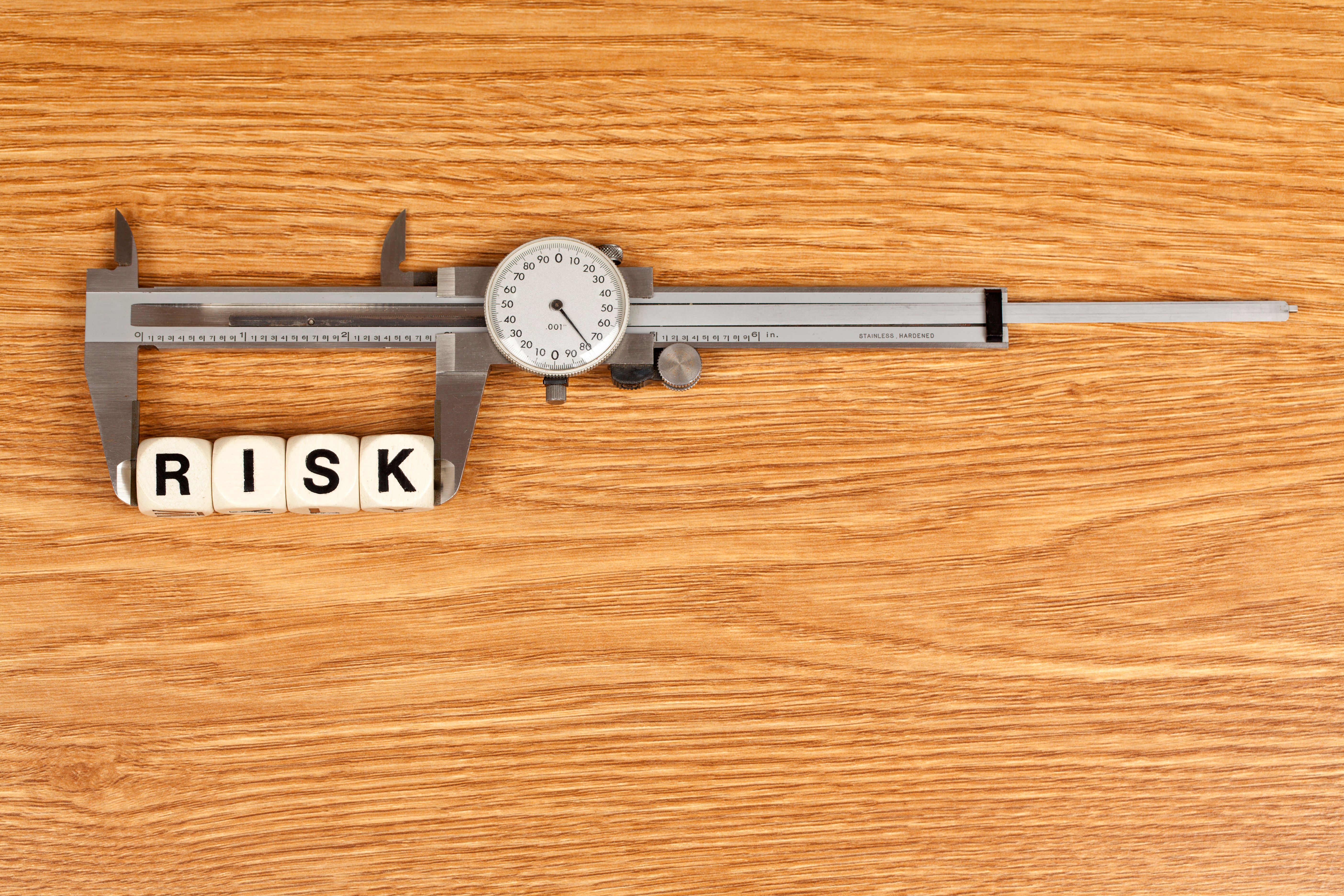Navigating Project Management: The Role of Risk Management
Understanding Project Management and Risk Management
In the dynamic world of project management, risk management plays a crucial role. Every project, regardless of its nature or scale, is subject to risks that can impact its successful completion. Understanding how to anticipate, evaluate, and address these risks is essential for any project manager aiming to lead their team to success.

Project management is about planning, executing, and completing specific projects within the defined scope, time, and budget. Risk management, on the other hand, involves identifying potential risks in advance, analyzing them, and taking precautionary steps to reduce or curb them. This proactive approach is integral to navigating the challenges that arise during project execution.
The Importance of Identifying Risks Early
The first step in effective risk management is early identification. Recognizing potential risks at the outset allows project managers to devise strategies to mitigate these risks before they become problematic. Conducting a thorough risk assessment at the project's inception can save time and resources in the long run.

Project managers can use a variety of tools and techniques to identify risks, such as SWOT analysis (Strengths, Weaknesses, Opportunities, Threats) or brainstorming sessions with team members. Encouraging open communication and collaboration can also help uncover hidden risks that might not be immediately apparent.
Evaluating and Prioritizing Risks
Once risks are identified, the next step is to evaluate and prioritize them based on their potential impact and likelihood. This helps in focusing on the most significant risks that could derail the project. Utilizing risk matrices or heat maps can assist in visualizing and ranking these risks effectively.

By prioritizing risks, project managers can allocate resources more efficiently and concentrate on developing mitigation strategies for high-priority risks. This strategic approach ensures that the most critical issues receive the attention they deserve.
Developing a Risk Response Plan
After evaluating risks, creating a comprehensive risk response plan is essential. This plan should outline specific actions to manage each identified risk. Common strategies include risk avoidance, reduction, transfer, and acceptance. Choosing the appropriate response depends on the nature of the risk and the project's objectives.
Project managers should involve their teams in developing these plans to ensure that everyone understands their role in risk mitigation. Regular training and updates can help keep the team prepared and informed about potential risks and responses.
Monitoring Risks Throughout the Project Lifecycle
Risk management is not a one-time task but an ongoing process throughout the project lifecycle. Continuous monitoring allows project managers to identify new risks or changes in existing ones promptly. Regular check-ins and updates to the risk management plan ensure that the project remains on track despite any unforeseen challenges.
By maintaining vigilance and adaptability, project managers can navigate through uncertainties more effectively. This proactive stance not only minimizes disruptions but also fosters a culture of resilience within the team.
Conclusion: The Value of Proactive Risk Management
Navigating project management successfully requires a robust risk management strategy. By identifying, evaluating, and addressing risks proactively, project managers can enhance their chances of delivering projects on time and within budget. Embracing risk management as a core component of project management ensures that teams are better equipped to handle challenges and seize opportunities as they arise.